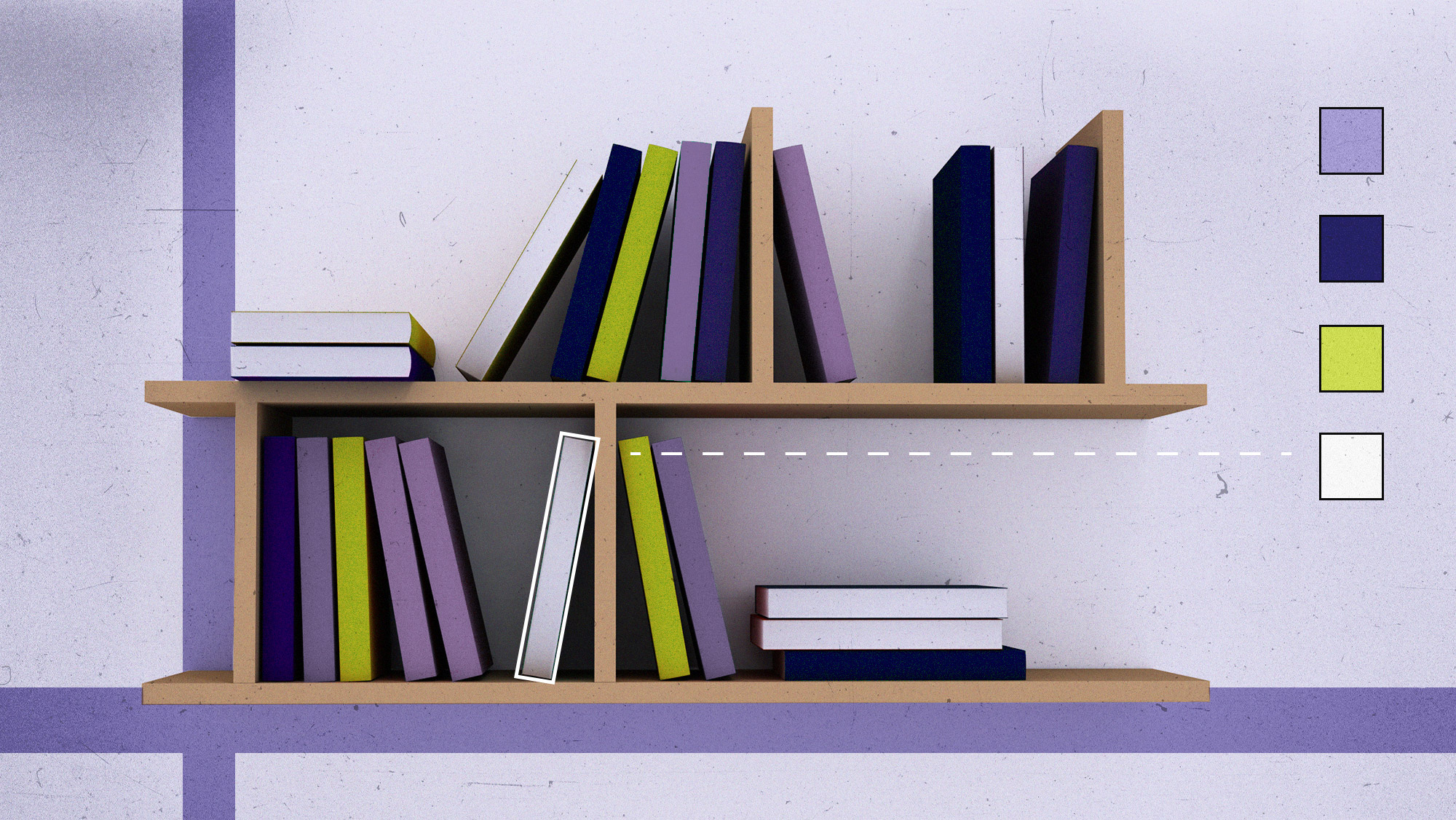
AI and the Retail Marketer’s Future
How AI transforms strategy and processes, driving the adoption of Positionless Marketing
Exclusive Forrester Report on AI in Marketing

In the first two parts of this mini-series, we detailed the different methodologies available for marketers to orchestrate customer communications.
In the final part of this series, we will focus on the benefits of using A.I, since your main goal as a marketer is to improve customer experience, maximize customer lifetime value (CLTV) and create brand awareness.
One of the best ways to do so is to deliver highly personalized communications across all customer touchpoints.
Being able to orchestrate marketing communications is the most critical step to achieving this. You ensure customers receive a unified experience accounting for all interactions and behaviors with the brand – irrespective of the channel the campaign will be delivered by.
While journey mapping, prioritization-and-exclusion methodologies allow you to tailor customer experiences for customer segments, but marketers that are using these approaches face two difficulties.
The first is that these don’t scale well, as managing an increasing number of segments becomes an impossible task.
The second is that while you create customer journeys for each customer segment, you cannot create different journeys for each individual customer. The journeys are therefore mapped out based on the average or ideal customer within each segment.
Solving this difficulty starts by trusting A.I. algorithms that scale efforts towards personalized customer communications and experiences.
Optimove’s Self-Optimizing Journeys adapt to each customer’s unique characteristics and behaviors, effectively allowing customers to lead their own journeys.
The more segmented the customer base is, the more personalized communications are available, which increases the likelihood that a single customer will be eligible to receive more than one campaign on a given day.
Self-Optimizing Journeys identify all the campaigns each customer is eligible for and evaluate all journey possibilities, response probabilities, and potential impact on customer lifetime value, to determine and serve the next-best-campaign for each customer.
Relying on A.I. allows you to focus on what you do best - crafting campaigns, ideating new customer segments, and developing customer relationships. Compared to manually prioritized campaigns, marketers who’ve implemented Optimove’s Self-Optimizing Journeys saw a 37.4X increase in uplift per customer.
Additionally, balancing between the various orchestration methodologies in the customer journey mix is significantly impactful.
Marketers who choose prioritization and Exclusion as an orchestration methodology may find it difficult to determine the precise priority of each campaign – per customer. Let’s look at customers who are eligible to receive the following three campaigns on the same day:
Typically, using prioritization and exclusion rules, marketers will try to determine which of these campaigns will result in a higher response, and thus increase CLTV.
For example, you might decide that the birthday campaign should be set to a higher priority, excluding customers from receiving the other two campaigns. However, although the birthday campaign may be best for specific customers, it’s not best for all customers.
As a result, you pay the price of generalization by setting the birthday campaign to the highest priority. In other words, missing out on the improved results and engagement from customers who would have preferred to receive the cross-sell campaign, for example.
A.I. based journeys such as the ones created by Self-Optimizing Journeys autonomously prioritize campaigns for each customer by identifying which campaign will have the highest impact on each customer on an individual level. Doing so promises that the customer receives the ultimate, personalized experience on the way to maximizing CLTV.
Below are a few guidelines for when to use each orchestration methodology:
Incorporating Orchestration Methodologies with A.I.
When dealing with hundreds or thousands of different segments and non-time delimited campaigns, assigning a priority accurately to each campaign is very hard. Therefore, you must allow an algorithm to prioritize all the campaigns that you did not manually prioritize.
At Optimove, we recommend blending the different methodologies to create the ultimate customer experience while maximizing CLTV and developing brand identity. And let A.I. do the rest.
Exclusive Forrester Report on AI in Marketing
In this proprietary Forrester report, learn how global marketers use AI and Positionless Marketing to streamline workflows and increase relevance.


Writers in the Optimove Team include marketing, R&D, product, data science, customer success, and technology experts who were instrumental in the creation of Positionless Marketing, a movement enabling marketers to do anything, and be everything.
Optimove’s leaders’ diverse expertise and real-world experience provide expert commentary and insight into proven and leading-edge marketing practices and trends.


